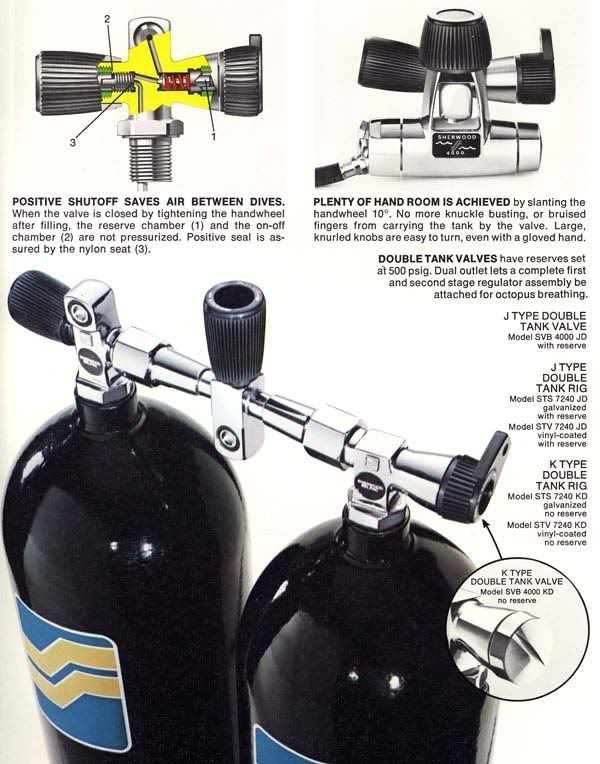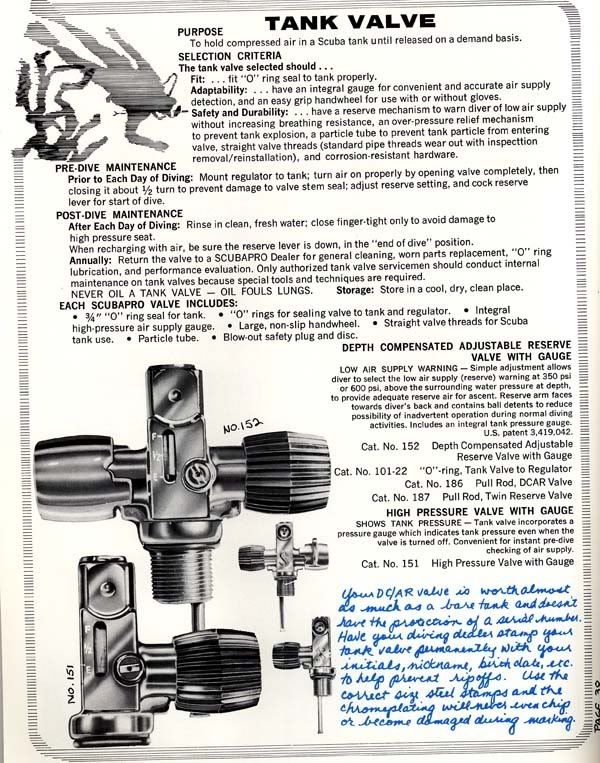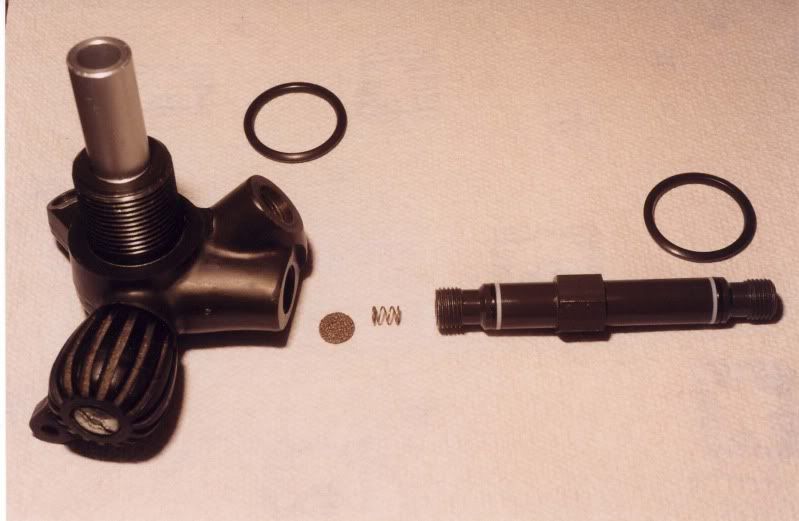Duckbill,
I drew a basic J valve on a sticky note at work from memory with a pen. I said that it was not exact. The references regarding forces were relative to that diagram that I drew. When I said "they all do that", I was referring to single tanks. He didn't really ask about doubles, so I did not see a need to overcomplicate and already complicated subject. Also, I really don't enjoy helping people, I just like Dale. It is also easier to clarify someone's work than to do your own.
You are correct about a set of doubles, but if you are too slow to verify that your j valve works, then you deserve to run out of air. Just like if you are too stupid to check and maintain your SPG, then you deserve to run out of air.
Dale, your picture looks pretty much like mine, which isn't bad considering I drew it from memory If you notice though, the reason that I said your SPG is dipping is true. The j valve is essentially in balance until you breathe, then your demand creates an area of low pressure on the western side (in your diagram) of the valve seat, causing the seat to move closer to the orifice and causing a decrease in pressure (IAW Bernoulli). When the air from your tank flows from that area of low pressure to equalize it, then the valve again achieves a balanced state (pressure is equal on both sides) and the pressure rises as the seat moves easterly (based upon your diagram) and pressure goes up.
If you notice though, the reason that I said your SPG is dipping is true. The j valve is essentially in balance until you breathe, then your demand creates an area of low pressure on the western side (in your diagram) of the valve seat, causing the seat to move closer to the orifice and causing a decrease in pressure (IAW Bernoulli). When the air from your tank flows from that area of low pressure to equalize it, then the valve again achieves a balanced state (pressure is equal on both sides) and the pressure rises as the seat moves easterly (based upon your diagram) and pressure goes up.
So, after all of this, functionally, the SPG is supposed to dip on a j valve tank like yours. That was what I was really trying to say from the beginning, and that remains unchanged.
I drew a basic J valve on a sticky note at work from memory with a pen. I said that it was not exact. The references regarding forces were relative to that diagram that I drew. When I said "they all do that", I was referring to single tanks. He didn't really ask about doubles, so I did not see a need to overcomplicate and already complicated subject. Also, I really don't enjoy helping people, I just like Dale. It is also easier to clarify someone's work than to do your own.
You are correct about a set of doubles, but if you are too slow to verify that your j valve works, then you deserve to run out of air. Just like if you are too stupid to check and maintain your SPG, then you deserve to run out of air.
Dale, your picture looks pretty much like mine, which isn't bad considering I drew it from memory
So, after all of this, functionally, the SPG is supposed to dip on a j valve tank like yours. That was what I was really trying to say from the beginning, and that remains unchanged.
Last edited:









